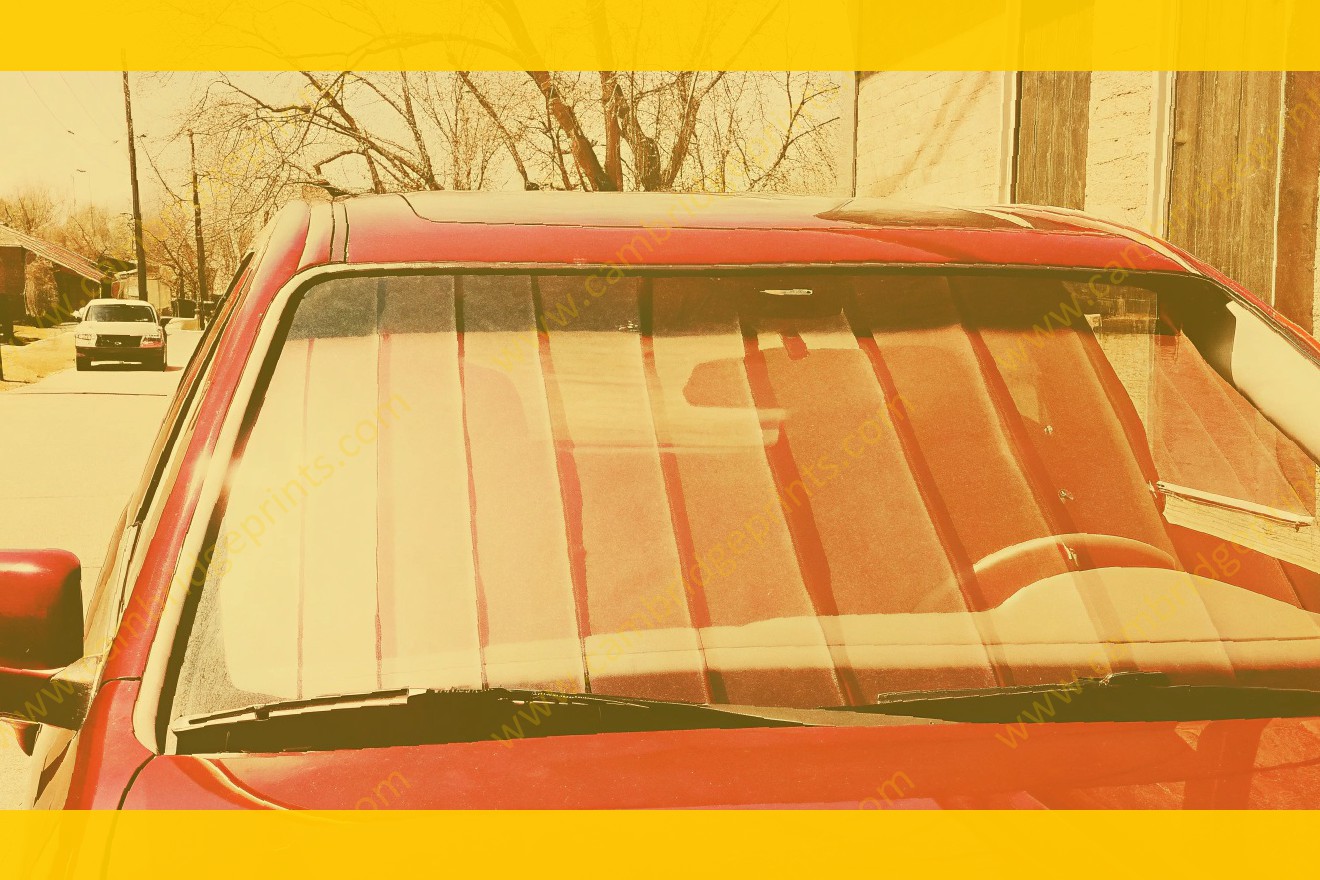Mississippi Tint Laws 101
Mississippi, a state that sadly receives limited information regarding window tints, has mandated the following their law. The tinted window law in Mississippi is not very lenient, and if people are not careful, they could end up receiving a ticket for having a car window tint that is too dark or too reflective. There are basically two types of window tint law in any state, reflective window tints and non-reflective window tints.
In Mississippi, window tint is regulated by both the darkness of the tint and the visibility of the tint. The Department of Public Safety has established these standards, and they are also found in Mississippi Tint Law. The first type being visible light transmission and the second being luminous reflectance. All vehicles registered in Mississippi have to meet the law on visible light transmission and luminous reflectance . If a vehicle does not meet this standard the owner can be subject to a fine.
If a window has a noticeable shield at the top or "brow", it is important to realize that this is referred to as a "non-reflective tinted windshield strip," which is also specified on the Mississippi Tint Law. Although there are no set measurements of how much non-reflective tint you are able to have on your windshield, it should not extend more than 6 inches from the top down. Never should a person go over the specified limits for the windshield. Another area of concern is the windshield wipers. If these are on the outside, this can prevent normal day-to-day wear and tear, but if they are on the inside, they could leave scratches on the windshield. With the window tint laws in Mississippi, the following are the amount of tinted shading percentages that are legally allowed:
What Exactly Is 5% Tint?
If you are in the market for window tint, you may have encountered a vehicle with 5% tint and wondered what that meant. The percentage of tint on a car or truck refers to the film’s optical transmission. This term refers to how much light passes through a window. Therefore, a percentage tint of 5% means the tint allows 5% of light to pass through. Of the remaining 95% of light, 60% is reflected back out, and the remaining 35% is transferred to the vehicle’s interior. When there is no tint, this means 50% of light is either reflected or transmitted. As the number goes down, the tint becomes darker.
Because of its extreme darkness, 5% is generally reserved for the rear windows of sedans and SUVs. In most states, tint can be ended at the front two driver and passenger windows, but the darkness is too strong to be allowed before those windows in the state of Mississippi.
Tint Restrictions Under the Law in Mississippi
Whether or not 5% tint is above legal limit depends on the context. 5% tint certainly is not above legal limit on tint for the windshield, as only non-reflective tint is permitted on that piece of glass. As of 2014, Mississippi law allows none or a maximum of 6 inches across the top of the front windshield.
There are also restrictions on windows on either side of the vehicle and the percentage of light that can come through. According to the law, the driver and passenger side windows must have a minimum of 28% (+/- 7%) total light transmission. The only exception in regards to the driver and passenger side windows and the exceptions for having darker tinted windows is if an individual has a letter signed by the director of the state law enforcement agency from the motor vehicle inspection division.
Mississippi regulations for SUVs, vans and crossover vehicles are a little different. No tint is permitted on the windshield other than that located in the top of the windshield and the side windows on either side of the vehicle must have at least 12% (+/- 4%) total light transmission. All other glass must have a minimum of 28% (+/- 7%) total light transmission.
Reflectivity on SUVs and vans is also restricted. No more than 20% (+/- 5%) of the tint may be reflective. All other vehicles are also restricted to a maximum of 20% (+/- 5%) reflectivity.
The restrictions on tint in Mississippi extend to the rear glass, as well. SUVs and vans are permitted to have no light restrictions as long as the two front windows are not tinted. However, only 12% (+/- 4%) total light transmission is permitted on roll down windows on all vehicles according to the regulations. All other light to the rear must have no less than 28% (+/- 7%) total light transmission.
5% tint is permitted on SUVs and vans if the job is done properly, but is not permitted on any vehicle which does not fall under the SUV category. The clause in Mississippi tint law which says manufacturing tolerances will allow a +/- 7% variance in allowed tint gives installers some room if the glass is manufactured a little too dark. In such a circumstance, 5% tint could be legally installed.
Fines and Penalty Charges for Non-Compliance
Mississippi law is specific about what is and isn’t legal when it comes to window tints and coverings. Any tint that doesn’t abide by these laws may actually be deemed illegal in your state and there is a set of penalties and fines associated with disobeying this law.
You’ll see a fair amount of tint tickets dispensed throughout the state. It’s common for law enforcement to set up a regular checkpoint and nip vehicles that are sporting more tint on their windows than the law allows. The penalty for illegal window tint is no less than a $25 fine. You can generally pay this fine by mail. Some law enforcement officers may even allow the tint to be removed on the spot at the time of the stop to avoid any penalties. Failure to do so will result in a hefty fine that could potentially lead to an unlawfully acquired tint being removed from the vehicle anyway, not to mention the additional costs of replacing the tint legally in the first place.
In addition to fines, the vehicle’s owner is responsible for making sure that any window coverings or tint applied to the vehicle are in compliance with the law. If you don’t have a receipt for the tint ordered, you could be deemed responsible for the violation and may be hit with the penalty for possessing illegal tint on the windows of your vehicle. This law in Mississippi is strictly enforced. You should think long and hard about the real estate companies you work with in Mississippi to make sure that they provide the information you actually need, as opposed to some general idea of what you think you’re supposed to get.
Exceptions and Other Special Rules
While the tint laws are pretty straightforward in Mississippi, there are a couple of exceptions to the rules that permit additional light filtration and reflectance. The first is for medical exemptions. The law makes provisions for individuals who have special needs and who may require additional light filtration due to medical conditions. Additional permit fees do apply to obtain this exemption.
The second exception is for multi-purpose vehicles. Generally speaking , multi-purpose vehicles have different specifications than other cars and allow for more light filtration on windshields and side windows. Multi-purpose vehicles in Mississippi are defined as trucks, vans and SUVs that have an interior width between 56 inches and 79 inches. Tint may be applied to the windshield if it meets the 25 percent standards and 10 percent standards for side windows. Drivers should take extra caution when driving in rural areas, where fish-eye lenses, which may result in excessive window glare, are more prevalent on both sides of the windshield.
Tips to Apply Compliant Window Tint
Maintaining legal window tints adds up to hassle-free driving. Still, there are caveats. Here are some tips to make sure your window hair-cuts go on the right side of the law. Again, the key is to buy a tint that adheres to the aforementioned VLT ratings of your make and model vehicle. And in this case, common sense goes a long way. That means more iridescent tint will probably mean a darker shade, thus lower VLT. So you have to know your ride. Or better yet, stick with advice from certified tint professionals. The Tint Law provides an official list for manufacturers that the Mississippi Bureau of Vehicle and Title Registration signs off on. Energetic car owners with time for DIY jobs can still get the same product online or from retailers, but certified professionals may still have warranties and lifetime guarantees others do not. The government website lists a few examples. Go here: https://www.ms.gov/mdor/tint/vehicle_list.aspx.
Conclusion – Decide for Yourself
In conclusion, Mississippi tint laws are very specific to ensure proper visibility while driving on the state’s highways and back roads. Although a small percentage of tint is allowed, the consequences of a window tint being too dark or another violation of tint law can result in a traffic citation with a hefty fine which will take up your time and money. The temptation to ignore Mississippi tint laws and rock the 5% tint is always strong , but it is not worth the risk. Seek legal advice and make sure whatever you choose for your car complies with state tint laws.
The next time you are thinking about getting new window tint for your vehicle, do not ignore Mississippi tint laws. Instead, bring yourself up to speed on the regulations as they are stated and make an informed decision regarding the amount and shade of your tint.


+ There are no comments
Add yours